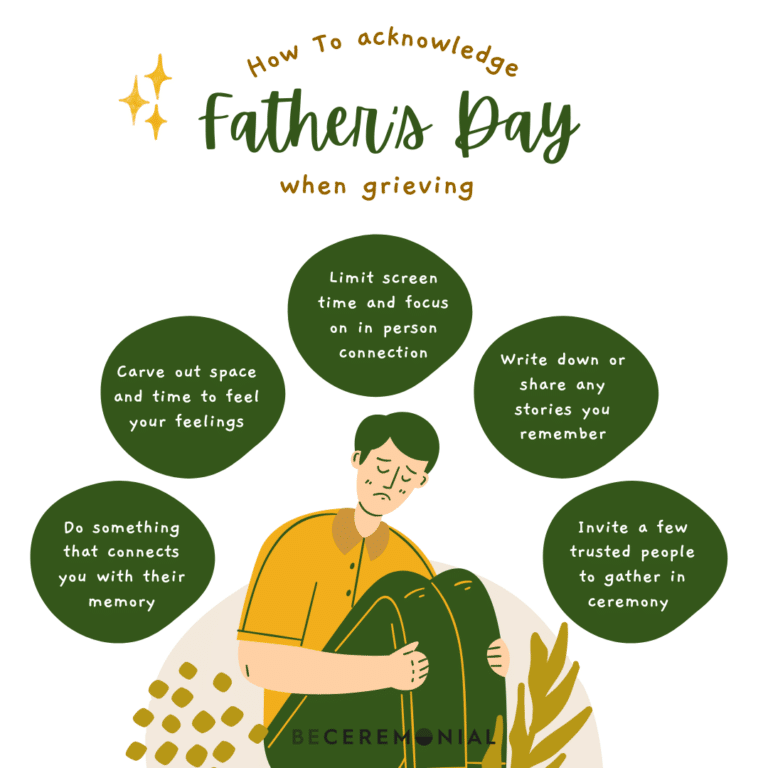“There are too few rituals to commemorate mourning, and too little time allotted to it… Grief should unite us. It is a universal experience.” ~ David Kessler, grief expert and author of Finding Meaning: The Sixth Stage of Grief.

Rituals have been a consistently important part of many cultures since the beginning of time. Held in an extraordinary array of shapes and forms, rituals serve as a way to mark important events and transitions, including birth, marriage, as well as death.
Our Western society, however, allows little room for grief and mourning, leaving many people without the tools they need to navigate their grief and accompanying emotions.
Over the years, there is a growing body of research unveiling the scientific benefits of rituals in coping with grief. This week, we’ll share three research-backed benefits of rituals in grieving, followed by tips on how to craft ritual practices that are meaningful and healing.
Finding structure and order in chaos
When we’re grieving, it can be difficult to make sense of our emotions and move forward. When everything feels chaotic and uncertain, rituals help us make sense of our grief and give us a sense of control, stability and comfort.
Harvard Business School Professor Mike Norton, who has studied rituals and their effects on our wellbeing, found that those who use them feel better and more in control.
“We feel out of control when we experience loss – we didn’t want it to happen, but we couldn’t control it. That is, in and of itself, a very unpleasant feeling, that sense that you’re not in charge of your life,” Mike explains in an interview with Harvard Business Reviews. “Rituals restore some of that control.”
Alleviating stress and anxiety
The ability of rituals to enhance our sense of control and structure may explain why they can also help lower stress and anxiety. Studies even show that some rituals facilitate the body’s release of endorphins, which can help alleviate anxiety and physical pain.
In a 2014 study, researchers found that grief was lower among participants who performed personal rituals, like washing the car of the deceased every week.
Grieving as a community
Grief can be an isolating experience, but rituals can provide an opportunity for individuals to connect with others who are experiencing similar emotions.
Research has found that the social aspect of the rituals can provide a sense of community, support and solidarity can be incredibly healing to grievers. When it comes to grieving in the west, the focus is often placed on the individual, but in many cultures, grief is seen as a communal experience, expressed through community rituals. Hear from individuals from First Nations, Inuit and Métis communities speak about traditional, collective rituals and ceremonies after the experience of grief.
In grief, try rituals
In times of grief, join us as we turn to rituals as an outlet for moving through our pain and finding community.
We experience grief differently and we heal differently, so it is important to practice rituals that acknowledge our personal experience with authenticity and meaning.
We also recognize that there are different types of losses when it comes to grief. Whether it is the death of a loved one, pet loss, end of a relationship or pregnancy loss, we hope you can draw inspiration from ceremonies in the Be Ceremonial app to move through your grief and learn to heal. Simply follow our ritual framework to create a ceremony that’s unique and meaningful to you. Learn more about all the ceremonies we offer surrounding the Grief & Legacy journey.
If you are new to our platform, we invite you to join our free virtual workshop on April 28, 2023 from 12pm – 1pm PST. Free for Be Ceremonial account holders, we will guide you through the foundations of ritual and ceremony, giving you a place to start as you begin your journey toward becoming ceremonial.




